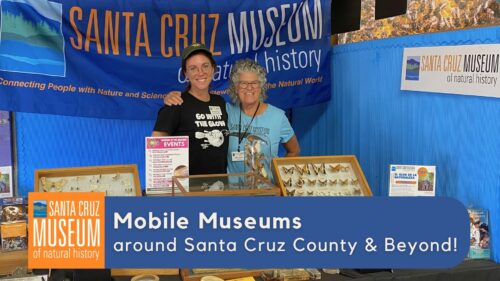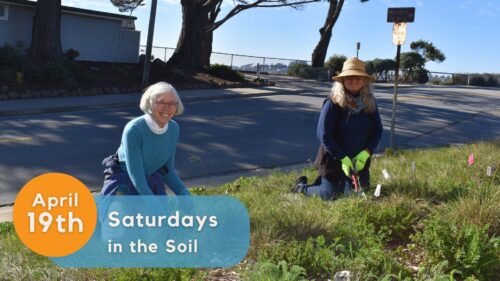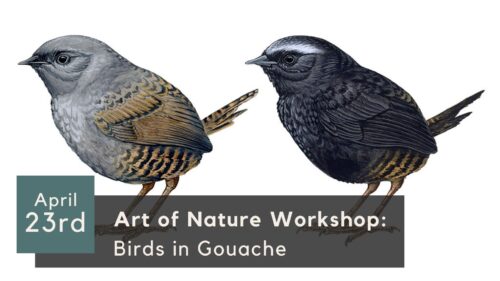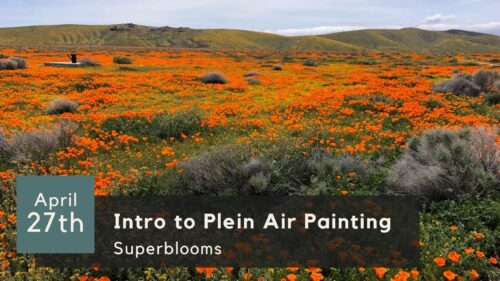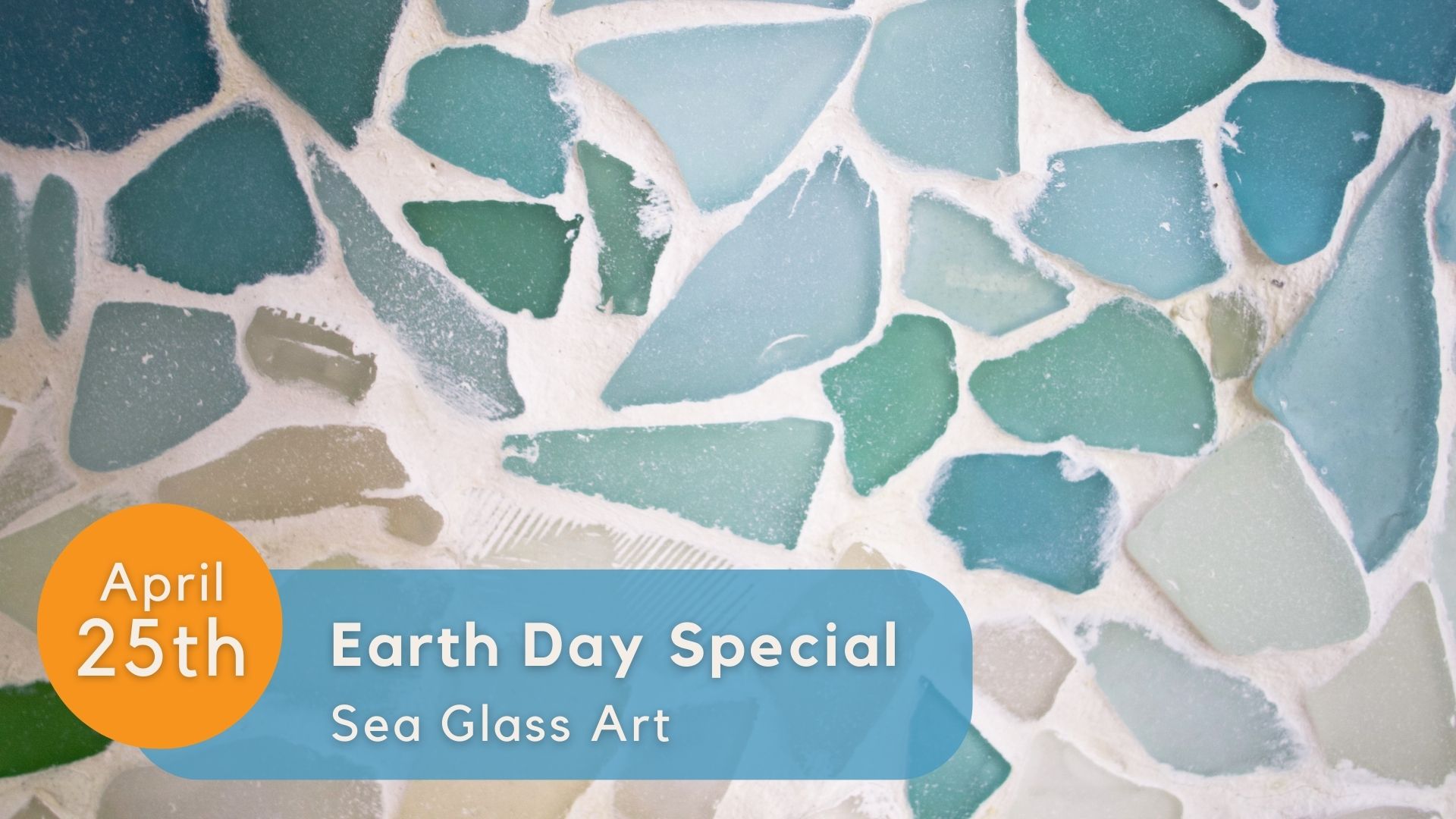Go green this Earth Day by creating a work of art from upcycled beach glass!
As part of this special seasonal offering, discover the beauty of beachcombing as you create a one-of-a-kind masterpiece made from shoreline treasures. Using local and sustainably-sourced resources, participants will learn the basics of environmental sculpture and design with step-by-step instruction. Transform sea glass, driftwood, and botanicals into unique, coastal-inspired art.
In this workshop, you create an 8×10 sea glass scene that adds a local touch of coastal charm to your home. Join us for a creative experience and leave with a finished framed piece that captures the magic of the shoreline. Perfect for a holiday gift, a personal home decoration, or an activity to be shared with friends or family.
No prior art experience required. Participants will have a completed art piece to take home at the conclusion of the workshop. Open to ages 21+/all experience levels. All art supplies included.
This class takes place indoors. Supplies may get messy, so casual attire is recommended.
📆 Friday, April 25th
⏱️ 5:30 – 7:30 p.m.
📍 Santa Cruz Museum of Natural History
1305 East Cliff DR, Santa Cruz, CA 95062
Materials Fee: All supplies are included in class fee.
Class Fee: $45 – Museum Members receive a special discounted price applied at checkout.
Instructor: Stephanie Spross


